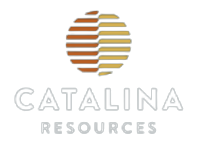Kookynie West
Tenements are located 50 kms south of Leonora near Genesis Metals Ulysses-Orient Well project and Metalicity’s Kookynie project. Gold mineralisation is hosted by differentiated granophyric units within a dolerite. Mafic rocks, mainly dolerites, are the most common host rocks to mineralisation in the Leonora area and in many deposits including Golden Chimney, the mafic rocks appear to be Fe rich and occurring within fractionated zones that become gabbroic and containing more feldspar and quartz. A common setting for gold mineralization e.g. Mt Charlotte Mine in Kalgoorlie.
Several comparisons exist between the Golden Chimney Project and the Ulysses Gold Deposits in the region, illustrated in Figure 2. The Both projects in the area comprise a sequence dominated by bimodal volcanics, including basalts, magnetic dolerites and felsic volcanics. Both projects are located proximal to local axial planes of regional synclinal structures, a favourable focal point for structural extension and shearing.
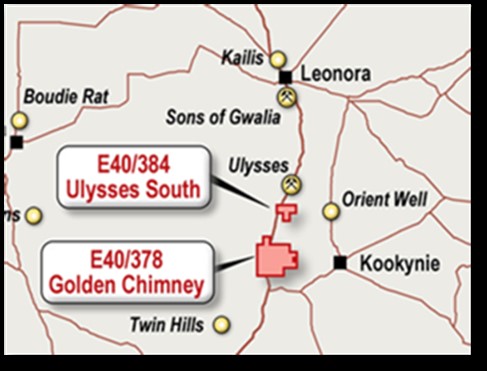
Figure 1. Tenements are located at south Leonora near Genesis Metals Ulysses-Orient Well project and Metalicity’s Kookynie project.
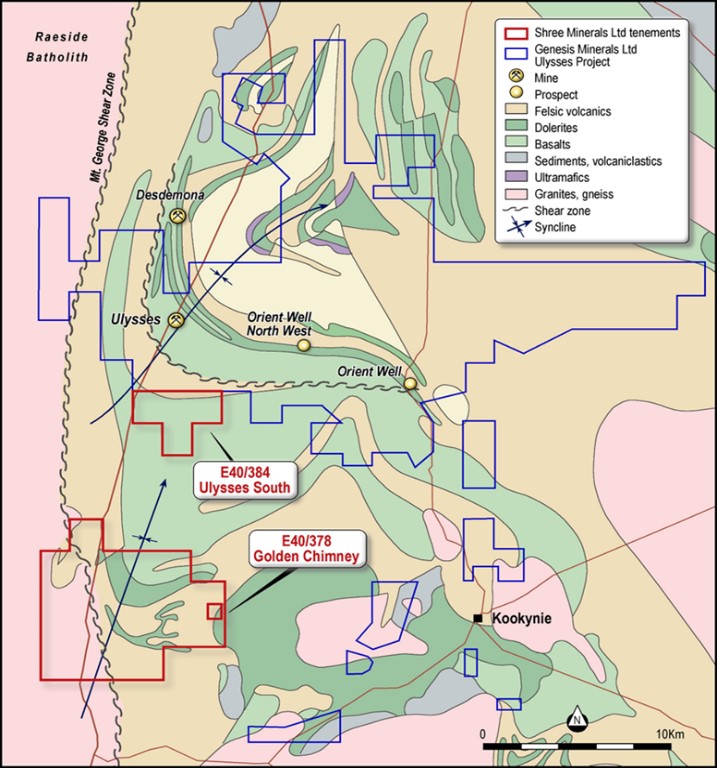
Figure 2. Regional geology of the Kookynie West tenements. Gold mineralisation is hosted by differentiated granophyric units within a dolerite.
Ulysses South Project.
The project area consists of 1 ELA (E40/384) and is located 30 kms south of Leonora and 6 kms north of Shree’s Golden Chimney exploration licence (E40/378). The new tenement is located 15 kms south of the developing Ulysses Group of Gold Mines.
This tenement is mostly underlain by laterite and weathered transported overburden, sometimes up to 60m deep in the western edge of the tenement. As such, subtle soil anomalies, illustrated in Figure 3, may be more significant here than less covered terrains.
Of note is RAB hole ROCW375 where 4 separate gold intervals were intersected within the weathered saprolitic zone. Best intersections include: ROCW0385 1m @ 0.31g/t Au from 42m and 1m @ 0.14g/t Au from 45m. RAB hole ROCW0387 is also anomalous to the north with the hole intersecting 4m @ 0.18g/t Au from 30m. Figure 3.
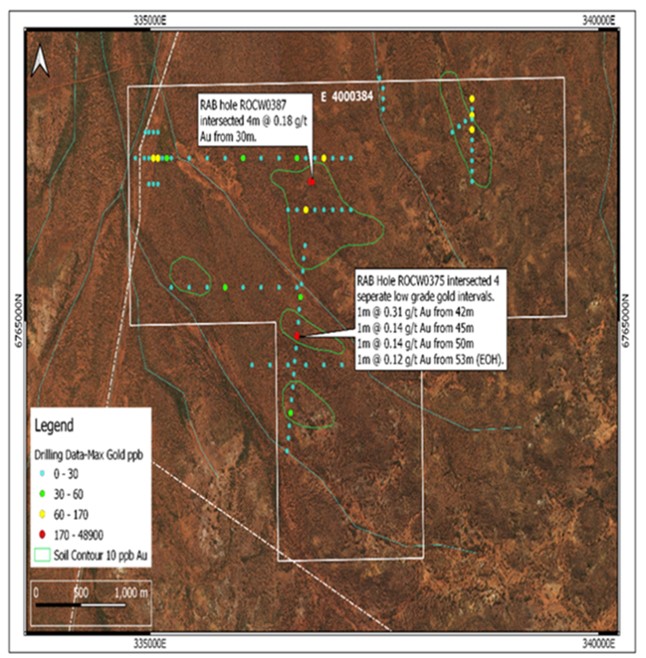
Figure 3. The tenement is mostly underlain by laterite and weathered transported overburden, sometimes up to 60m deep. As such, subtle soil anomalies, may be more significant here than less covered terrains.
Golden Chimney
In 1993, RC drilling of the soil anomaly in Figure 4 intersected broad zones of low-grade gold mineralisation including 26m @ 0.36 g/t Au in RCGC014 from 6m, 15m @ 0.46 g/t Au in RCGC07 from 12m and 5m @ 0.47 g/t Au in RCGC011 from 102m. The highest 1m assay obtained in the drilling was 4.41 g/t Au.
Exploration by Shree Minerals at the Golden Chimney Project in 2019 consisted of the compilation and interpretation of historical datasets, regional auger soil sampling, 3D modelling of historical drilling and RC drilling of the targets identified from these activities.
Three prospects were RC drilled: The Golden Chimney, the Golden Chimney East and Golden Chimney West prospects.
Low gold assays were received from the drilling with a best assay received from drill hole 19GCRC01 where 12 m @ 83 ppb Au from 28-40 m was intersected (4m composite samples) at the Golden Chimney prospect. Mineralisation is hosted by often wide (> 10m) alteration haloes consisting of calcareous and sulphidic (pyrite) quartz gabbros and dolerites.
Soil sampling by Shree in 2018 suggests the mineralisation may continue along strike to the SW, illustrated in Figure 4.
It is recommended to investigate down dip and along strike extensions to the sulphidic haloes at the Golden Chimney prospect using IP geophysics. Additional 3D modelling is warranted and should incorporate Shree’s recent drilling.
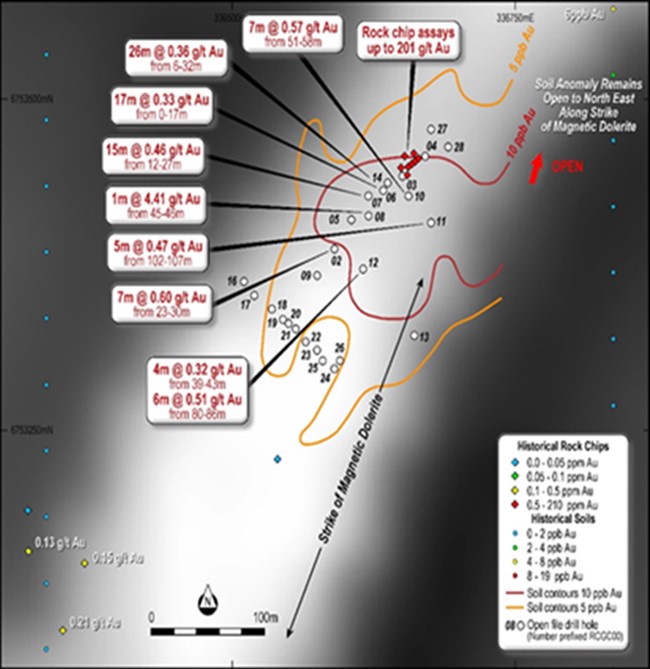
Figure 4. Historical drilling Golden Chimney.
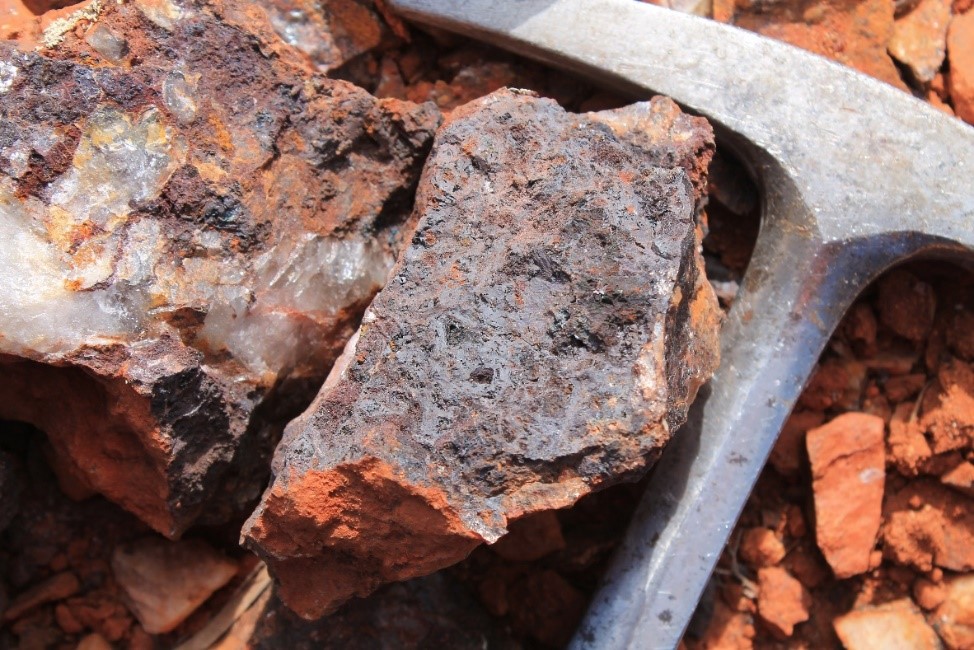 Figure 5. Gossanous samples from the Golden Chimney prospect.
Figure 5. Gossanous samples from the Golden Chimney prospect.
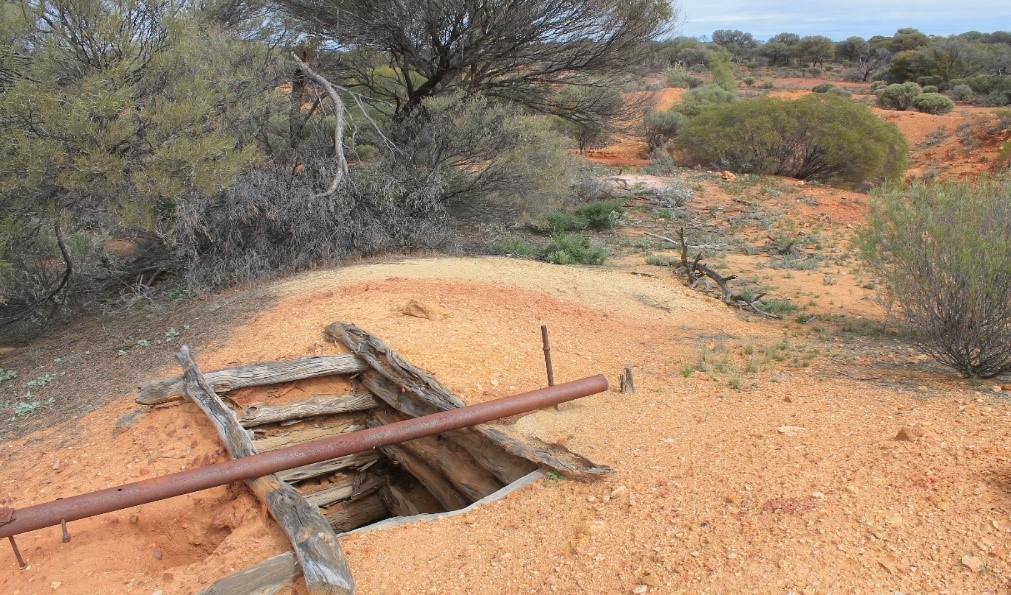 Figure 6. Old working from the Golden Chimney prospect.
Figure 6. Old working from the Golden Chimney prospect.
